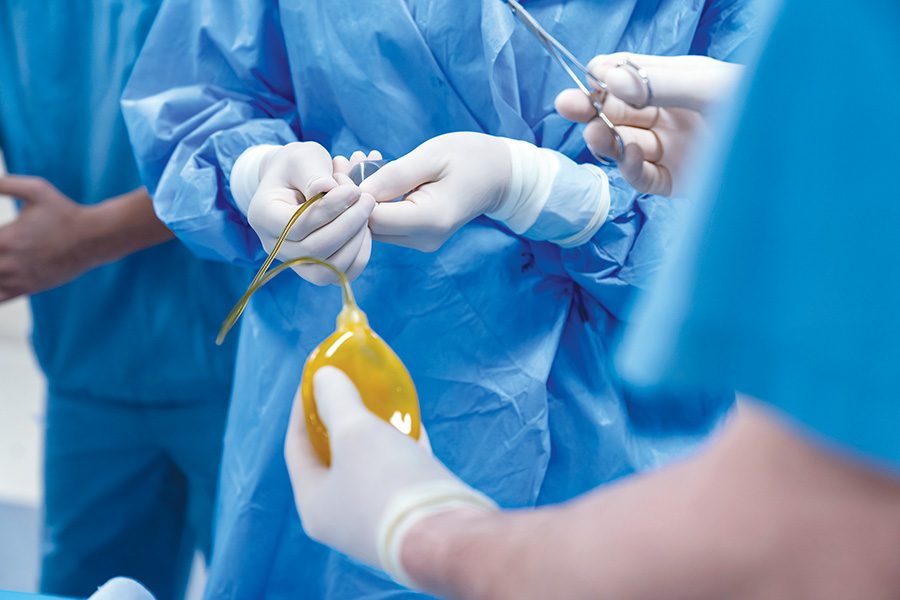DAN medics and researchers answer your dive medicine questions.
Q: I recently had an eye stroke. Can I still dive after it has been resolved?
A: The main concerns with an eye stroke (central retinal artery occlusion, or CRAO) are the underlying cause and the medications your doctor prescribed for treatment. Before returning to diving, work with your ophthalmologist or physician to determine the root cause of the initial ocular stroke, the probability of recurrence, and your overall cardiovascular health. You should have a physician’s release for unrestricted rigorous physical activity.
Blood thinners and anticoagulants pose a danger for uncontrolled internal bleeding due to barotrauma caused by failure to equalize properly. Equalization techniques such as the Valsalva maneuver (pinching your nose and blowing) create elevated intracranial pressure. Discuss equalization with your physician to determine if it could contribute to a recurrence. You should constantly think about mask squeeze and mask equalization throughout your dive to avoid elevated pressure differentials within your mask.
Any deficits the stroke created should be addressed appropriately. If you experience vision loss, floaters, blurriness, decreased contrast, etc., have a doctor assess all of these from a diving perspective and consider how they could affect your ability to dive safely. Can you read your gauges and computer, even in low visibility? Can you help your buddy in an emergency? Are you at risk
for vision loss during the dive? Consider all these factors when deciding if returning to diving is within an acceptable risk threshold.
— Ryan Gan, NREMT

Q: I had a penile implant a year ago. Will this affect my diving?
A: Several things affect whether you can consider diving. First, the reason for the implant is important. For some, it can be due to prior instances of cancer; for others, it can be due to erectile dysfunction or other causes. In some circumstances, the underlying cause and additional treatments may be contraindicated for diving or require further investigation by a physician.
Most penile implants will not be problematic if you have had ample healing time and a physician has cleared you for full and unrestricted activity. There are a few different types of implants, but the main distinction is whether yours is inflatable or noninflatable. Inflatable implants are generally fluid-filled. Since fluids are noncompressible, Boyle’s law will not affect this type, and therefore they should not be an issue after proper healing. Your gear configuration, however, may also affect your implant. A crotch strap can potentially compress the pump bulb due to its location.
Noninflatable implants are typically semirigid and made from solid materials. The materials vary, but they are also noncompressible and usually unaffected by ambient pressure change. We recommend checking with your physician and the implant manufacturer to see if it has a depth or pressure rating.
There may be additional considerations if you have any complications after the implant procedure. Our medical information line at +1-919-684-2948 is available if your physicians have questions or desire a consultation.
— Leandra Lynn, NREMT
© Alert Diver — Q1 2024